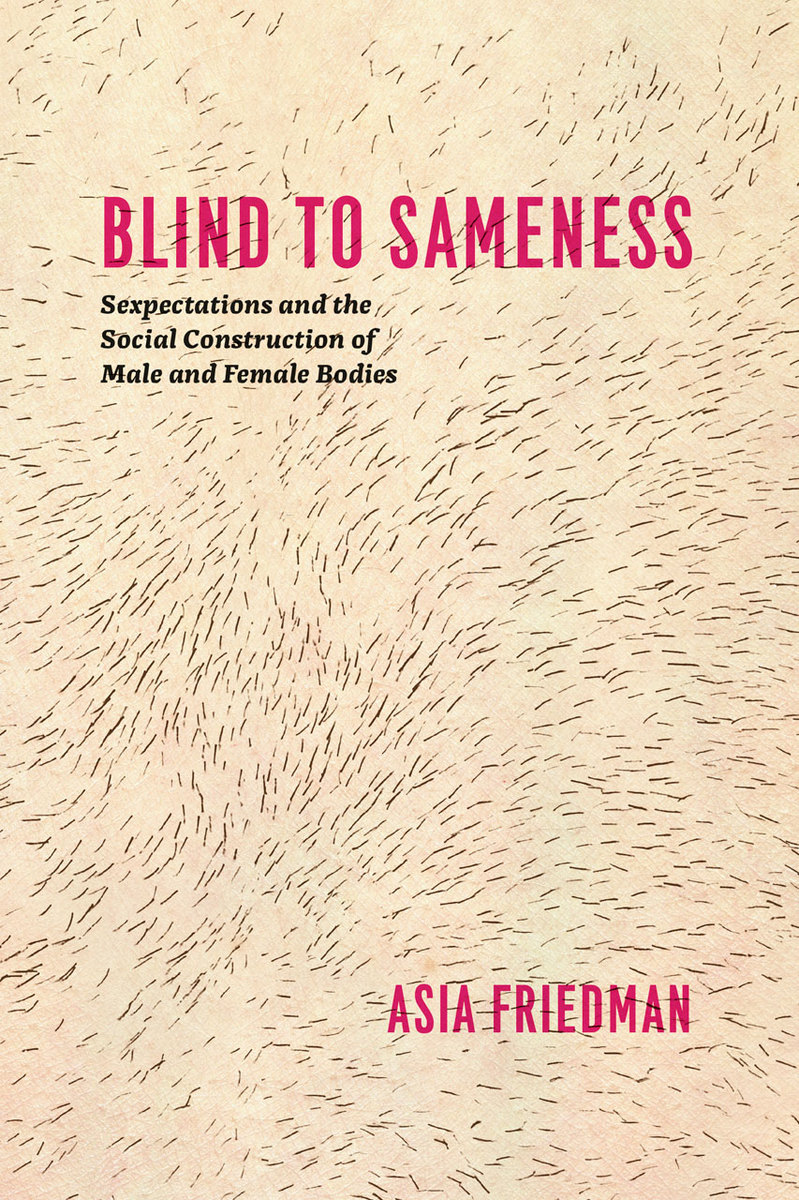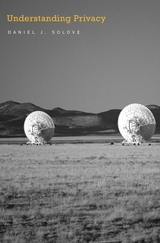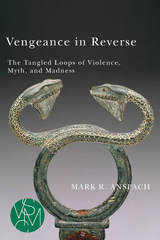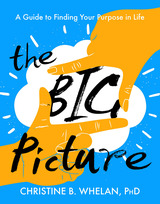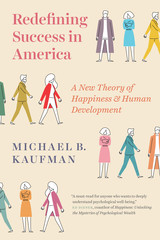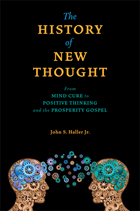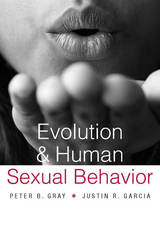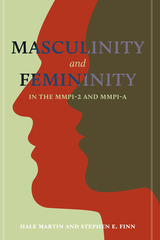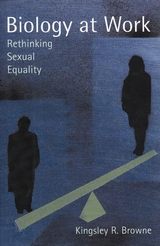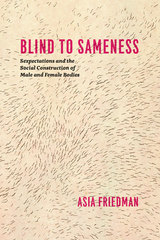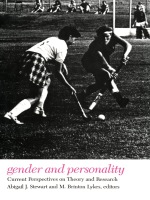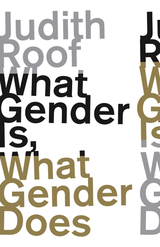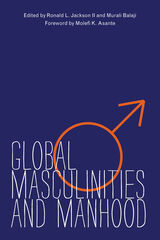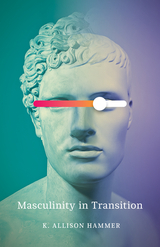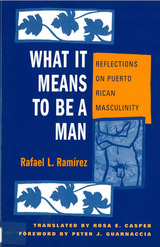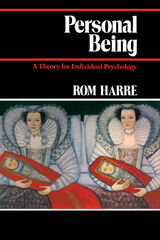Blind to Sameness: Sexpectations and the Social Construction of Male and Female Bodies
University of Chicago Press, 2013
Cloth: 978-0-226-02346-5 | eISBN: 978-0-226-02377-9 | Paper: 978-0-226-02363-2
Library of Congress Classification BF692.2.F75 2013
Dewey Decimal Classification 305.3
Cloth: 978-0-226-02346-5 | eISBN: 978-0-226-02377-9 | Paper: 978-0-226-02363-2
Library of Congress Classification BF692.2.F75 2013
Dewey Decimal Classification 305.3
ABOUT THIS BOOK | AUTHOR BIOGRAPHY | REVIEWS | TOC | REQUEST ACCESSIBLE FILE
ABOUT THIS BOOK
Drawing on more than sixty interviews with two decidedly different populations—the blind and the transgendered—Blind to Sameness answers provocative questions about the relationships between sex differences, biology, and visual perception. Both groups speak from unique perspectives that magnify the social construction of dominant visual conceptions of sex, allowing Friedman to examine the visual construction of the sexed body and highlighting the processes of social perception underlying our everyday experience of male and female bodies. The result is a notable contribution to the sociologies of gender, culture, and cognition that will revolutionize the way we think about sex.
What is the role of the senses in how we understand the world? Cognitive sociology has long addressed the way we perceive or imagine boundaries in our ordinary lives, but Asia Friedman pushes this question further still. How, she asks, did we come to blind ourselves to sex sameness?
Drawing on more than sixty interviews with two decidedly different populations—the blind and the transgendered—Blind to Sameness answers provocative questions about the relationships between sex differences, biology, and visual perception. Both groups speak from unique perspectives that magnify the social construction of dominant visual conceptions of sex, allowing Friedman to examine the visual construction of the sexed body and highlighting the processes of social perception underlying our everyday experience of male and female bodies. The result is a notable contribution to the sociologies of gender, culture, and cognition that will revolutionize the way we think about sex.
See other books on: Blind | Human Sexuality | Perception | Sex differences | Transgender people
See other titles from University of Chicago Press
